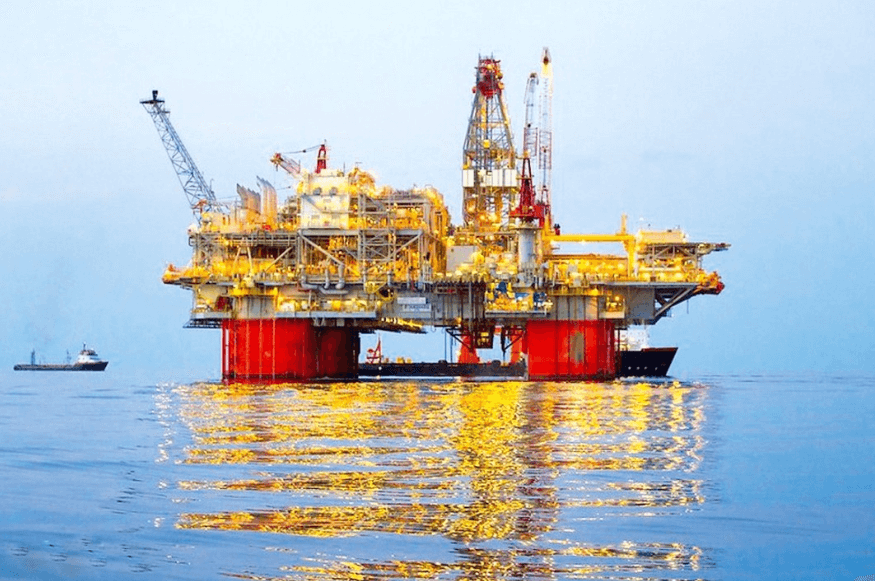
How Offshore Decommissioning Impacts the Environment: Risks and Solutions
Offshore oil and gas platforms have been a cornerstone of energy production for decades, but as these structures reach the end of their productive life, they present new environmental challenges. Offshore decommissioning, the process of safely dismantling and removing these installations, has become a pressing topic worldwide. The environmental impacts of this process are complex and significant, involving potential harm to marine ecosystems, carbon emissions, and waste management issues. Understanding the risks and solutions is crucial for industry leaders, environmentalists, and policymakers alike. In this blog, we’ll dive into the multifaceted environmental impacts of offshore decommissioning and explore practical solutions to mitigate them.
Understanding the Environmental Risks of Offshore Decommissioning
Decommissioning offshore installations involves removing massive structures, plugging wells, and restoring marine environments. Each step carries environmental risks. For instance, the physical removal of platforms can disrupt delicate habitats on the seafloor, including coral reefs, sponges, and other marine organisms that have colonized these structures over decades. Moreover, the disturbance caused by heavy machinery and increased sedimentation can degrade water quality and smother benthic communities. These impacts are often underestimated but can result in long-lasting ecological consequences.
Carbon Emissions and Greenhouse Gas Concerns
A significant yet often overlooked risk associated with offshore decommissioning is the release of greenhouse gases (GHGs). The heavy equipment and transportation needed for decommissioning activities consume vast amounts of fuel, generating carbon dioxide (CO₂) and other emissions. Additionally, the flaring of residual hydrocarbons during well plugging operations further exacerbates carbon output. The environmental cost extends beyond the immediate site, contributing to the broader challenge of climate change. Incorporating innovative [offshore decommissioning solution] strategies, such as using lower-emission vessels and integrating carbon capture technologies, can significantly reduce this carbon footprint.
See also: Payroll Services Singapore: Simplifying Salary Management for Businesses
Marine Pollution and Waste Management Challenges
Decommissioning produces substantial waste, including steel, concrete, drilling muds, and chemical residues. Improper handling and disposal of this waste can result in marine pollution, harming aquatic life, and contaminating fisheries. The risk of chemical spills during decommissioning is particularly concerning, as these substances can bioaccumulate in marine organisms and disrupt food chains. Implementing best practices in waste management, such as recycling steel components and safely disposing of hazardous materials, is essential to minimize the environmental impact. Stakeholders must prioritize the development of comprehensive offshore decommissioning solution frameworks that address waste reduction and resource recovery.
Habitat Loss and Biodiversity Implications
Offshore platforms often serve as artificial reefs, providing habitats for diverse marine species. Removing these structures can result in habitat loss, reducing biodiversity, and altering local ecological dynamics. Some experts advocate for “rigs-to-reefs” programs, where decommissioned platforms are partially left in place to support marine life. However, this approach requires careful evaluation of the ecological, safety, and legal implications. While it offers a potential compromise between decommissioning and environmental preservation, it must be executed within a well-regulated offshore decommissioning solution framework that ensures long-term environmental benefits.
Seabed Disturbance and Sediment Displacement
The process of severing piles and pipelines, as well as dredging and excavation activities, disrupts seabed integrity and displaces sediments. This disturbance can release trapped pollutants, such as heavy metals and hydrocarbons, back into the water column, where they can spread and accumulate in marine organisms. Additionally, sediment clouds can reduce light penetration, affecting photosynthetic organisms like seagrasses and microalgae, and smother filter-feeding species. A robust offshore decommissioning solution must incorporate methods to minimize sediment disturbance, such as precision cutting technologies and environmentally sensitive dredging techniques.
Acoustic Disturbance and Impacts on Marine Life
Offshore decommissioning operations generate underwater noise from heavy equipment, pile cutting, and vessel movement. This acoustic disturbance can negatively impact marine mammals, fish, and invertebrates by disrupting communication, navigation, and feeding behaviors. Species such as dolphins and whales are particularly sensitive to low-frequency sounds generated during decommissioning. Implementing noise-reduction technologies and timing operations to avoid sensitive periods, such as breeding or migration seasons, are essential components of an effective [offshore decommissioning solution].
Innovative Technologies for Environmentally Responsible Decommissioning
Recent advancements in technology offer promising solutions to mitigate the environmental risks of offshore decommissioning. Robotics and remotely operated vehicles (ROVs) enable precise dismantling operations, reducing disturbance to surrounding ecosystems. Innovative cutting technologies, such as diamond wire sawing and abrasive water jetting, minimize sediment dispersion and reduce underwater noise. Additionally, digital monitoring tools allow real-time tracking of environmental parameters, enabling immediate corrective actions when necessary. Incorporating these technologies into a comprehensive [offshore decommissioning solution] is vital for reducing environmental impact while ensuring safety and compliance.
Collaborative Approaches and Regulatory Compliance
A successful offshore decommissioning project relies on collaboration between operators, regulators, environmental organizations, and local communities. Regulations governing decommissioning are increasingly stringent, emphasizing environmental protection and sustainable practices. Compliance with national and international guidelines, such as those from OSPAR or MARPOL, is non-negotiable. Collaborative efforts can help develop innovative [offshore decommissioning solution] strategies that align with regulatory requirements while addressing the unique environmental challenges of each decommissioning site. Transparency, stakeholder engagement, and independent environmental monitoring are crucial for building public trust and achieving sustainable outcomes.
Case Studies Highlighting Environmental Risks and Solutions
Several real-world cases illustrate the environmental risks and potential solutions for offshore decommissioning. For example, the Brent Spar platform decommissioning in the North Sea sparked public controversy when the initial plan involved deep-sea disposal, raising concerns about marine pollution. The revised approach involved onshore dismantling and recycling, setting a precedent for more environmentally responsible decommissioning. Similarly, in the Gulf of Mexico, Rigs-to-Reefs programs have demonstrated the ecological benefits of converting decommissioned platforms into artificial reefs, provided they are implemented under strict environmental oversight. These case studies highlight the need for adaptable and innovative offshore decommissioning solution models.
Key Considerations for Environmentally Sustainable Decommissioning
An effective offshore decommissioning strategy must balance environmental, economic, and safety considerations. Key factors include conducting thorough environmental impact assessments (EIAs) before decommissioning begins, engaging stakeholders in decision-making processes, and adopting best practices for waste management and pollution prevention. Companies should invest in training personnel on environmentally responsible techniques and incorporate adaptive management approaches to respond to unexpected challenges. By embedding environmental stewardship into every stage of the process, organizations can develop robust offshore decommissioning solution models that protect marine ecosystems and public interests.
Conclusion
Offshore decommissioning is a complex process with significant environmental implications. From habitat destruction and pollution to greenhouse gas emissions and acoustic disturbance, the risks are numerous and interlinked. However, with proactive planning, innovative technologies, and strong regulatory frameworks, these risks can be mitigated. By adopting comprehensive offshore decommissioning solution strategies that prioritize environmental protection, the industry can ensure a more sustainable transition from active offshore operations to ecological restoration. As the global energy landscape evolves, embracing responsible decommissioning practices is not just an environmental necessity, it’s an ethical imperative.




